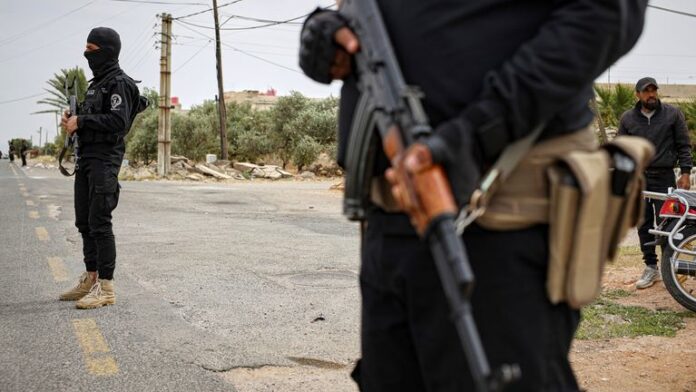When tanks roll into a town under the banner of national unity, but end up shelling the very communities they claim to protect, the official narrative wears thin. The entry of Syrian government forces into Soueida, the Druze-majority city long spared the worst of the civil war’s twists, now exposes fresh cracks, in Damascus’ hold over its patchwork of alliances, and in the fragile truce between local factions and the ever-watchful foreign players.
Druze fighters, Bedouin tribes: An old rift reopens
What started as localized skirmishes between Druze fighters and Bedouin tribes has turned deadly, leaving over a hundred dead in just two days. For years, Soueida’s Druze factions balanced a tense cohabitation with government troops, tolerated but never fully absorbed. Now, the Syria Soueida Clashes show how quickly an uneasy peace collapses when age-old grievances resurface.
The government’s stated goal is “to separate the warring sides,” yet reports on the ground speak more of encirclement than mediation. Columns of armor and heavy artillery surround Soueida, under the pretext of quelling “lawless groups”, a convenient label for any force that resists reintegration.
A spiritual leader’s U-turn: fractures within the Druze
In a sign of just how brittle local legitimacy is, Druze religious leaders first endorsed the government’s entry, urging fighters to lay down arms. Hours later, the influential Sheikh Hikmat al-Hejri publicly reversed course, denouncing Damascus’ “barbaric campaign” and condemning fresh bombardments on the city. This volte-face leaves locals torn between conflicting loyalties: preserve order or resist an army they fear might stay for good.
These mixed signals echo the bigger Syrian paradox: each time the regime claims victory over “chaos,” its heavy hand only breeds fresh discontent. Syria Soueida Clashes are not an isolated event but a symptom of the deep fault lines, tribal, sectarian, and ideological, that no tank column can flatten.
Israel watches, and strikes
Add a foreign layer to the mess, and the puzzle becomes even more unstable. Israel, citing protection of Druze communities, has bombed several Syrian government tanks near Soueida. Tel Aviv’s statement is clear: it will not tolerate any significant Syrian military entrenchment in the south. Underneath the humanitarian justification lurks the reality of a regional chessboard where every local flare-up is a lever for cross-border influence.
Ahmad al-Charaa’s interim power on trial
For the interim authority of Ahmad al-Charaa, who took power after the ouster of Bashar al-Assad just seven months ago, Soueida is an early test of real authority. Fourteen years of civil war have scattered loyalty like shards of glass. Each new “security operation” to restore order risks inflaming old tribal rivalries, while foreign players, Iran, Russia, Israel : hover, ready to exploit the chaos.
A controlled chaos that fools no one
When the artillery falls silent, Soueida will remain a litmus test for Syria’s future. Are government troops there to pacify or to occupy? Will local Druze leaders trust Damascus’ promises again? Will Bedouin grievances find new sponsors across borders?
One thing is certain: the official claim of a unified Syria under stable rule is little more than an illusion, exposed each time tanks roll into a town that, until yesterday, the state could barely claim to govern.



